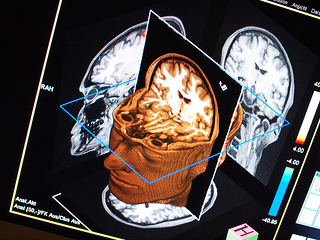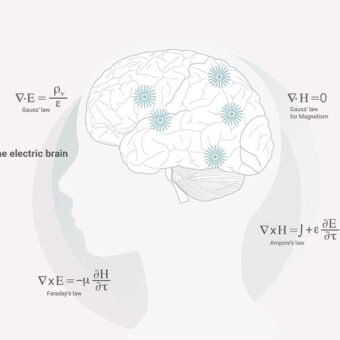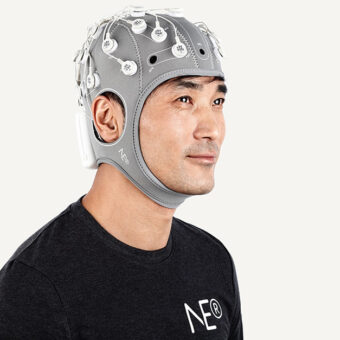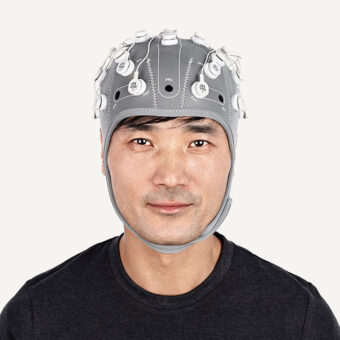A few months ago I wrote “The Unknown History of Brain Science” in which I briefly covered the evolution of Neuroscience up to the discovery of the EEG by Hans Berger in 1929. Much more has happened since. Let’s see the most break-through discoveries that happened in this last 100 years or so.
In my previous post, I mentioned that the discovery of quantum physics had an important role in Neuroscience. How can this be? Well, for those who did not guess, I would say that at least 2 types of Neuroimaging techniques have benefited from quantum mechanics: Electron Microscopy and Magnetic Resonance Imaging (MRI).
The electron microscope uses electrons rather than photons to “see” the sample under study. This can be done because of the quantum duality between particles and waves, which briefly explained means that a particle can act as a wave and a wave can act as a particle, under the appropriate circumstances. In any case, with electron microscopes we reach astonishing magnifications (up to 10.000.000x) which allows us to see brain tissue with an unprecedented detail.
MRI is based on the magnetic resonance effect. Briefly explained, the magnetic moments of the protons of our water molecules are aligned with a strong magnetic field. We then briefly turn on a radio frequency (i.e. resonance frequency) that is absorbed by these protons flipping their spin. After we turn off this radio frequency, the spins flip back again sending a photon that can be recorded by our MRI. That way we can record images of our brain in a noninvasive manner and most important, while our brain is working!
Another important technological advance is the so called patch-clamp technique which allows to study in-vivo neurons, and even the study of single ion-channels. This technique was developed in the late 70’s and got awarded with the Nobel Prize in 1991.
These 3 techniques have significantly contributed to our anatomical and functional understanding of the brain, from the very small (electron microscope, Patch Clamp) to larger scale (MRI). But there have been other advances worth mentioning as well, such as the modern field of Computational Neuroscience. This branch of neuroscience mainly deals with the computational modelling of ion channels, to single neurons to large neuron networks. By modifying some parameters from our models, we can generate similar behaviours as the ones we observe in real brains. More over we can simulate brain conditions such as epilepsy, stuttering and schizophrenia. This provides us with precious information to attempt to answer the big question in neuroscience: how does the brain work?
During recent years we have seen huge advances in other aspects of neuroscience, such as the famous Brain Computer Interfaces. These technologies can be applied to help impaired people to recover some mobility, but also for video games and other entertainment applications. This type of technology can even be implanted such as in the case of cochlear implants that have restored the sense of hearing to hundreds of thousand people worldwide
Huge advances have been made in the treatment of mental disorders thanks to discovery of new drugs that act at the synaptic level of neurons, but also thanks to other forms of therapy based on neurostimulation (tDCS and TMS). Also the advances in neurology allows us to undertake very complex surgical operations that have saved the lives of many people.
Since the late 19th century work of Spanish researcher Ramón y Cajal, often referred to as the father of neuroscience, a lot of advances have been made in this fascinating and multidisciplinary area of research. As I have already mentioned in this blog, as in the 20th century we have seen many advances in the Physical sciences, I am sure the 21st century will be remembered for the huge advances we will see coming in the neuroscience field.




